What is a rollup?
A rollup is essentially a separate blockchain, but with a couple of modifications. Like Ethereum, a rollup protocol has a “virtual machine” that executes smart contract code. The rollup’s virtual machine operates independently from Ethereum’s own virtual machine (the “EVM”), but it is managed by an Ethereum smart contract. This connection allows rollups and Ethereum to communicate. A rollup executes transactions and processes data, and Ethereum receives and stores the results.
On a technical level, the crucial difference between a rollup chain and other more conventional blockchains is the way in which new blocks are produced.
Normally, a blockchain is maintained by a distributed network of parties (“miners” or “validators,” depending on the kind of chain). These parties produce blocks jointly via consensus. In simple terms, the parties vote on how to process a set of transactions—or in other words, how to construct the next block. The block with majority support is the one that is written permanently onto the chain.
By contrast, a rollup chain does not operate via majority rule. Instead, a single party monitoring the state of the rollup can send what’s called an “assertion” back to Ethereum about how the transactions ought to be processed. Importantly, Ethereum will accept or reject this assertion independently of whether a majority of the other rollup parties support this assertion. In practice, what this usually means is that a single party on the rollup is designated the task of processing transactions and producing blocks.
TL:DR
Rollups are solutions that perform transaction execution outside Layer 1 but make transaction data available on Layer 1. By moving computation offchain, they free up more space onchain. Onchain data availability is crucial, since it allows Ethereum to double check the integrity of rollup transactions.
4 Types of Solutions
Optimistic roll-ups
- In optimistic rollups, batches of transaction data are posted to the main chain and presumed to be valid (optimistic) but can be challenged. Theoretically, anyone can challenge them by submitting a claim, also known as fraud proof, to prove that a batch committed to the chain contained invalid state transitions. If the fraud proof is valid, these invalid state transitions would be rolled back.
- The challenge with optimistic roll-ups, from a usability perspective, is that batches posted to the main chain can be disputed for several days (typically 1 week) during which funds on these Layer 2s cannot be withdrawn back to the main chain - this means Layer 2 users are not liquid.
ZK roll-ups
- ZK-rollups are one of many Layer 2 scalability solutions and work by rolling up mass transfer processing into a single transaction. ZK roll-ups use zero-knowledge succinct non-interactive arguments of knowledge (zk-SNARKs) to validate transactions. Zk-snarks refer to a proof construction where one can provide proof of certain information, e.g. a secret key, without revealing that information itself, and without any interaction between the prover and verifier.
- ZK = “Zero Knowledge”...As a "zero knowledge proof" approach is used to present and publicly record the validity of the block on the Ethereum blockchain, ZK reduces computing and storage resources for validating the block by reducing the amount of data held in a transaction; zero knowledge of the entire data is needed.
Plasma & Validium
- Plasma is a construction scalability method that places layer 2 blocks on top of the Ethereum blockchain in the form of a side chain. The implementation of Plasma gives the ability of hundreds of side chain transactions to be processed offline with only a single hash of the side chain block being added to the Ethereum blockchain. The problem with Plasma is that for a user to withdraw from the side chain, they must retain a high amount of data so that enough exists for validation; a lengthy challenge period also requires users to stay online or lose reward.
- Validium works very similar to ZK rollups except data is stored offchain. Since transaction data is not published on-chain, this introduces new trust assumptions as users must trust an operator to make data available when it is needed. This is typically achieved through a committee of known entities who stake their business reputation on being reliable data providers. If an L2 node operator stops servicing withdrawal requests, this committee will make its copy of the data publicly available.
Thanks for coming by,
Happy investing!
[link] [comments]

You can get bonuses upto $100 FREE BONUS when you:
💰 Install these recommended apps:
💲 SocialGood - 100% Crypto Back on Everyday Shopping
💲 xPortal - The DeFi For The Next Billion
💲 CryptoTab Browser - Lightweight, fast, and ready to mine!
💰 Register on these recommended exchanges:
🟡 Binance🟡 Bitfinex🟡 Bitmart🟡 Bittrex🟡 Bitget
🟡 CoinEx🟡 Crypto.com🟡 Gate.io🟡 Huobi🟡 Kucoin.
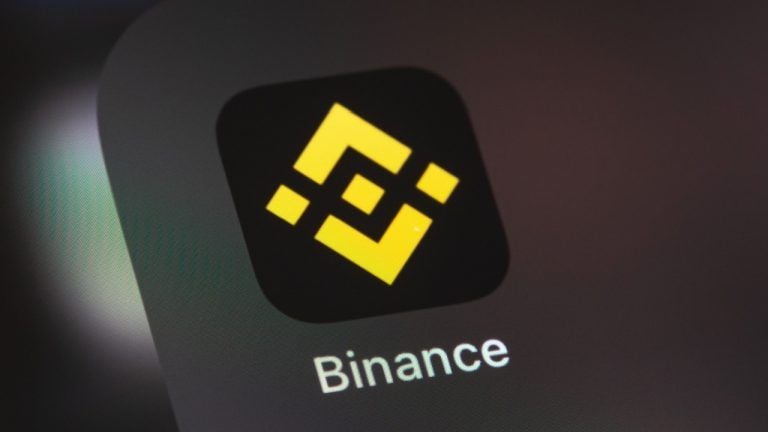






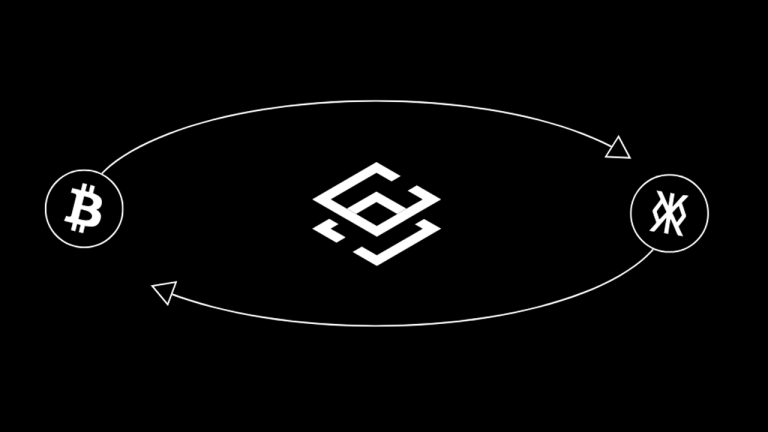

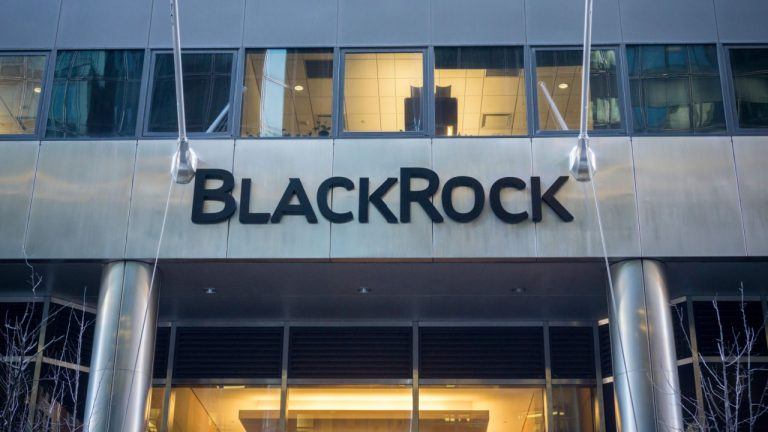
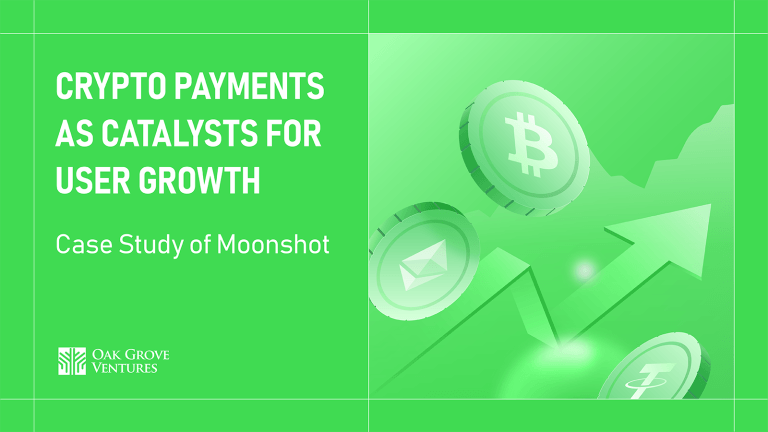
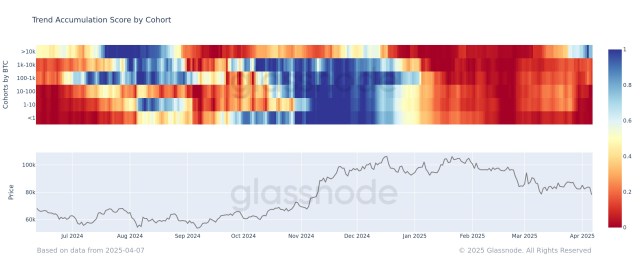
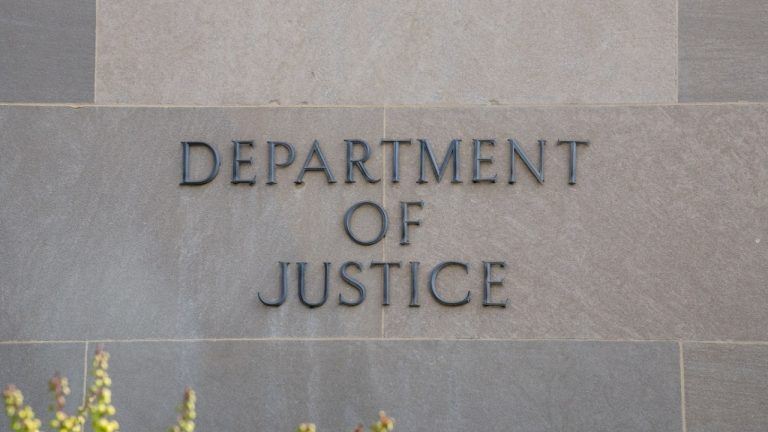
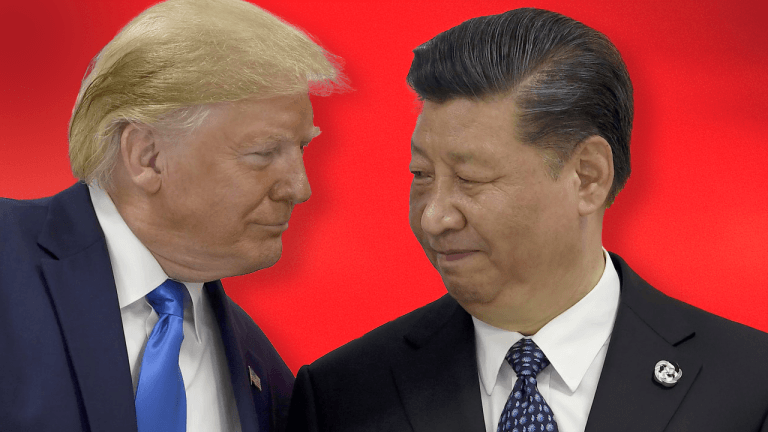


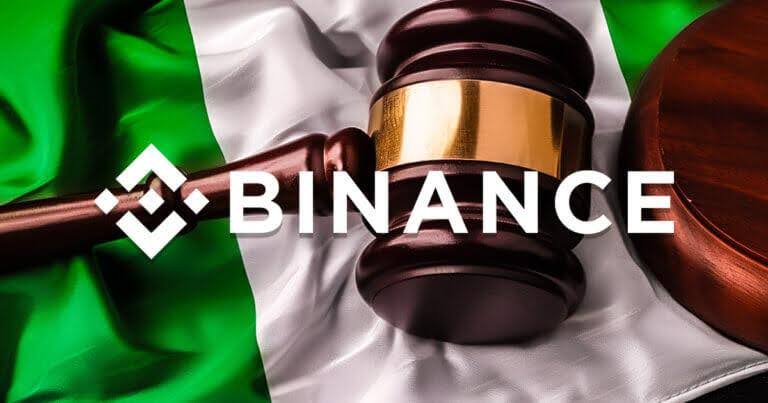



Comments